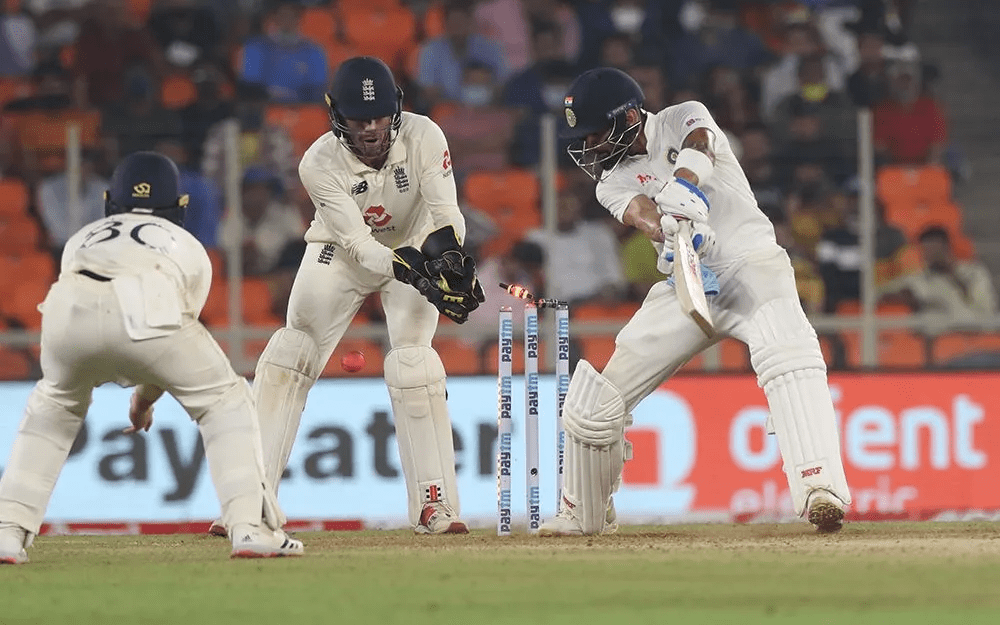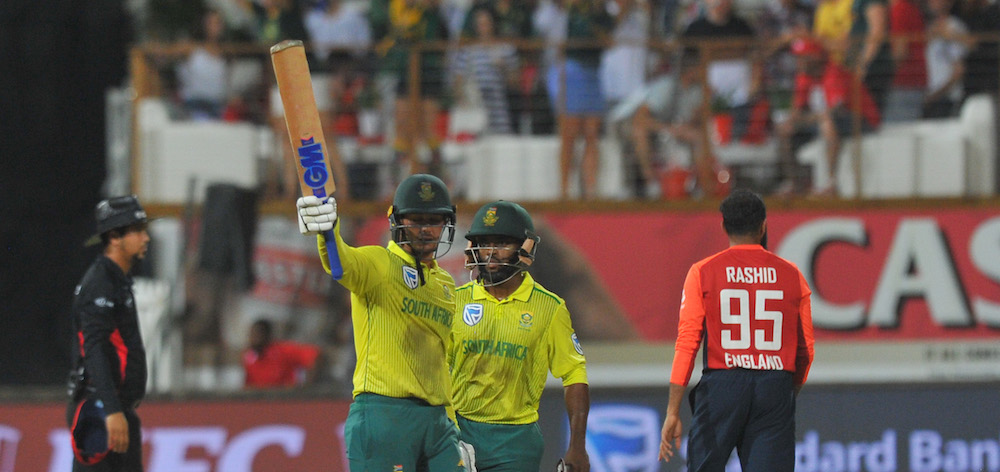To avoid the kind of pitch-related debate that has taken place after India’s win against England, the ICC should be in charge of determining the nature of the pitches teams play on, writes Aditya Mehta.
“There seems to be a lot of moaning and groaning about the pitch. People seem to forget that if you’re going to India, you should expect that. You are going to spin land.” – Sir Viv Richards
“The Motera pitch wasn’t a healthy one for 5-Day Test cricket.” – Michael Vaughan
“Yes, the surface at Ahmedabad ensured that the ball was always likely to dominate in the third Test. But I’m just not having this nonsense about the pitch being unplayable.” – Kevin Pietersen
The reactions detailed above are among a plethora of opinions in the cricket fraternity on the Day/Night Test match between India and England in Ahmedabad.
With the Test ending in two days, some pundits were unsparing in their criticism of the pitch, while others remarked that the pitch might have been challenging to bat on, but it required greater application than batsmen from both teams displayed through the course of this Test match.
Personally, I’m on the fence on the pitch debate. While I believe a two-day Test is a poor reflection of the health of Test cricket, which the ICC is trying incredibly hard to preserve, there are a number of variables we need to take into consideration before arriving at conclusions regarding the nature of the pitch the Test was played on.
One question in my mind is – how much did the pink ball contribute to the difficulties in batting for both teams? England captain, Joe Root, indicated in his post-match interview that the additional layer of lacquer on the pink ball may have led the ball to skid off the surface at a faster pace.
It probably explains why 21 out of 30 batsmen were dismissed by deliveries that did not spin. Therefore, if the pitch was a turner, but the pink ball exacerbated the challenges of batting on it, it is unfair to pin all the blame on the pitch.
From a batting technique perspective, former England batsman, Kevin Pietersen, who played, perhaps, the greatest innings by a foreigner in the subcontinent, when he scored 186 on a rank turner in Mumbai in 2012, said the English batsmen simply had to find ways to defend straight deliveries and disrupt the lengths of the Indian spinners by coming down the track. Far too often, England’s batsmen were stuck in their crease and allowed Indian spinners to dominate.
Secondly, we need to ask ourselves – would the pitch have behaved in the same way in a conventional red-ball Test match?
If yes, then we can continue debating whether the pitch was acceptable for Test cricket. If not, then the cricket fraternity needs to be patient with manufacturers of the pink ball and allow it to evolve in the same way the white ball evolved after it was first used in World Series Cricket in 1977.
Back then, cricketers found that the white ball offered significant lateral movement and tipped the balance in favour of bowlers. Over time, ball manufacturers were able to develop a white ball that offered assistance to, both, batsmen and bowlers. Similarly, India has only witnessed two pink-ball Test matches.
As more pink-ball Tests are scheduled in India, and players continue to provide their feedback to ball manufacturers, the pink ball will also get to a point where it offers a better balance between bat and ball. This process is a part of the beauty of the evolution of Test cricket, and we should enjoy it as it unfolds with every pink-ball Test.
It is unfortunate that the aftermath of a riveting Test match, short though it may have been, has largely involved conversations on the definition of an “acceptable” pitch, as opposed to the exhilaration generated by the game.
Given Test series over the last two years have been played as part of the World Test Championship, maybe the ICC can develop an independent division that delivers explicit instructions to curators on the nature of pitches that should be prepared for a series, instead of host boards trying to squeeze in as much home advantage as possible.
This might level the playing field, particularly for teams playing away from home, which has been a challenge for virtually every team over the last decade.
Photo: BCCI.tv










